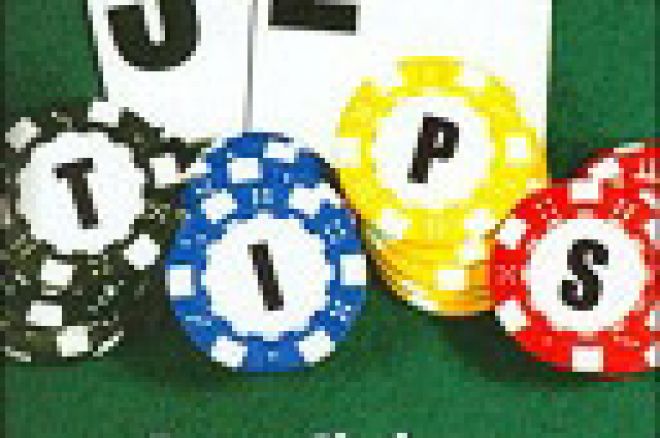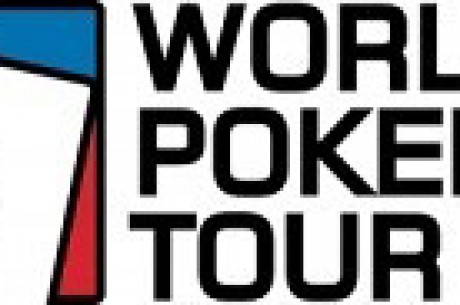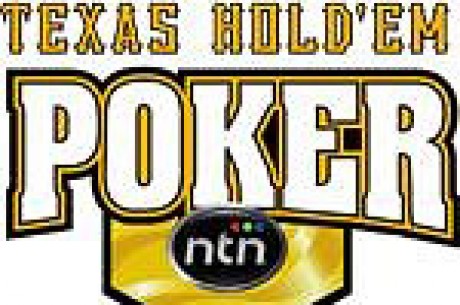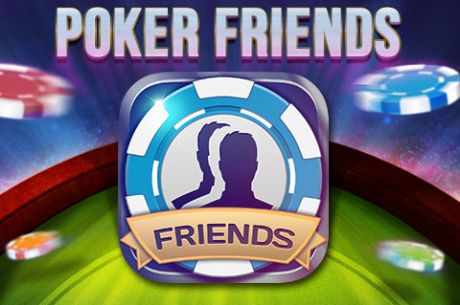Book Review: 52 Tips For Texas Holdem Poker

This is a book that everyone that knows the rules of holdem and wants to improve their game should own. This is true if you are a beginner, a casual player, a social player, a home-game regular, or a cardroom visitor, be that in your hometown, on the internet, or at a brick and mortar casino.
If you are a casual or social player you should get this book so that you will have a plan and not just be the innocent victim in your game. There is very little happiness in knowing nothing and just throwing your money away under the pretext of 'having fun'. You can have fun and hold your own or even (gasp) win a bit.
If you are a regular player or wish to call yourself an intermediate player this gives you a path toward reviewing your play without getting lost in a morass of possibilities. Do you have quite a bit of experience but see that you are making the same mistakes over an105over? Here is a made-to-order path to overcoming those repeated boo-boos.
If you are an advanced player who already knows everything that this book offers, there are still two great reasons to get it: One; it makes a great gift for your uncle, your friend, and your cousin who continue to ask you to sit down with them in their Friday night game of dealer's choice for one dollar maximum bet (after all if you had a life you would not be a poker player [?], right?), and Two; it presents you with a ready made outline for giving poker lessons to the less knowledgeable.
Most students of the game of poker want to learn everything an expert knows in their first few days of serious study but by attempting to learn too much they end up making an unusable soup out of what is possible. Therefore I suggest that after you skim quickly through this material that you use this book as a practical aide, whereby you review one tip each week. After one year goes by you will be surprised at how well you are doing and how comfortable you are in making decisions that you used to agonize over.
The weakness of this book is a close relative of its strength. By this I mean that it is not full of qualifications for a particular action, instead of that 'what to do' is set out for you in a black-and-white scenario. Until you have developed sophisticated card-reading and people-reading skills this is more useful as well as appropriate for most players than insights into the mental peregrinating of the professional player.
There are three sections of this book that deserve special mention; the first is the section in the back under the title "Limit Versus No-Limit', the second is within Tip 1, under 'How the World Poker Tour Has Affected Poker Play', and the third is the introduction. A careful reading of all three is recommended as they contain important observations that some may need to reflect on.
It is important to mention that this book is about limit holdem, not the currently more popular form of holdem most often seen on television, no limit. The game is the same but the hand values are not the same [!] and your approach to the two variations should be vastly different. There are other important distinctions. On television you are usually watching a tournament, and most often an edited version of a shorthanded final table with rapidly escalating blinds. While this means that you are far from your usual limit holdem game at the venue of your choice it does not mean that you should not watch and cannot learn anything. It is just that it is important to have a proper perspective and realize that wearing a hat and sunglasses that you adjust five times per hand as you awkwardly count out the amount of your bet four times is not going to make you a star in fact you are going to slow your limit game down to a crawl and draw a lot of derision and complaining without doing anything that enhances your game.
Get this book and use it instead. Let me repeat that for emphasis, USE it. It may look good on your bookshelf of poker books but to get the real value out of it you must use the information found within it! Of course this touch of wisdom applies to anything you want to know, effort is required to make it possible.
The chapters below are the book's final tips. They are generic but important if you do not wish to just give away your money.
46) Classifying opponents helps you play more effectively.
47) Paying attention while playing helps you learn to read hands better.
48) Detecting and using tells can add to your profits.
49) When to bluff in limit holdem.
50) Going on tilt will destroy your bankroll.
51) Practicing good game selection adds to your profits.
52) When to move up.
The tips prior to these are more specific and apply to the play of the hands.
As with most books there a few petty mistakes that I noticed. I bring this up only because there is one important enough to mentiona flush draw with an inside straight gives you 12 outs, not 13 as the appendix tells you. There are other hands where one might have 13 outs so the chart is useful to many.
My last advice is the secret key: Play good and be lucky!








